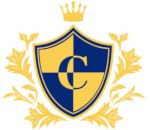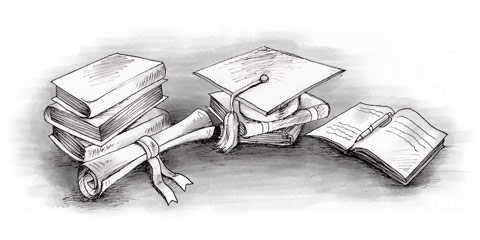Education in Vietnam is the responsibility of the Ministry of Education and Training (MOET). Many reforms have been made, such as English playing a bigger role in the curriculum, but the system still has problems keeping up with international standards.
The literacy rate is over 90%, and it keeps growing. Nevertheless, Vietnam still has to deal with spatial and gender inequalities. Moreover, only five years of primary school are compulsory. Due to the cost of supplies, such as books or school uniforms, which can easily be one fifth of a family’s overall income, many children in rural areas have to quit after the compulsory time of five years and work in the family business.
The structure of the education system
- Preschool and kindergarten: This period usually lasts from the ages 3 - 6, with the last years focusing more on educational topics like starting to learn the alphabet.
- Primary school: The five years (6 - 11) of primary school are the only compulsory years Vietnamese children have to attend. Less than five percent of the population has never been to school.
- Secondary school: The secondary education is divided into lower secondary (trung học cơ sở) and higher secondary (trung học phổ thông) education. Neither of them are compulsory. The former lasts four years (11 - 15), and the latter three years (15 - 18) until completion in the twelfth grade. There is an entrance and leaving examination. Students have to choose either natural or social sciences as a focus.
- Higher education: Institutions of higher education can be universities, senior colleges or research institutes. Furthermore, there are junior colleges, professional secondary schools or vocational schools. The entrance examination is very hard, and according to recent figures, less than one out of three students manage to pass.
The school week in Vietnam is six days, beginning on Monday and ending on Saturday, but children usually only attend school for half the day. The school year usually lasts from September until May. The curriculum for primary schools includes typical subjects such as Vietnamese language, math, nature and society, arts and physical education. Students are also taught morals in school.
In higher classes, and in secondary education, a foreign language (usually English, but sometimes Chinese or French), history, natural sciences, technology, music and geography are added. Morality is only part of primary education. There have been successful reforms and pilot projects to include English as part of the primary education.


